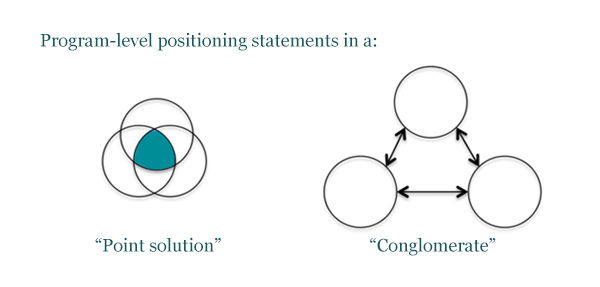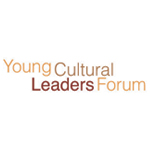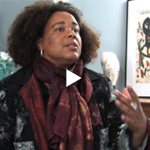There is a question we get all the time in our Strategic Marketing seminar: should an organization be able to create a single positioning statement for the entire organization to summarize its value promise, or should it have a collection of positioning statements for different programs and target audiences? This always leads to interesting discussion but I've never felt we had a galvanizing way to answer the question. Earlier this week, Gail Crider and I were working on the design for a program in cultural entrepreneurship for a potential … [Read more...]
Salzburg Global Forum: Some Final Thoughts
We introduced Field Notes as a means of amplifying meaningful conversation. Over the last couple of weeks we put that to the test with content from the Salzburg Global Forum for Young Cultural Leaders, a program that was essentially 5 days of non-stop (and I mean that in the best possible sense) conversation among 64 people from 35 different countries. On an individual basis, I learned something from each conversation, each interview, each post. On a collective basis, what I learned was not something new but it was still incredibly valuable … [Read more...]
What value does the arts create and how do we articulate it?
Watch this video featuring Deirdre Prins-Solani, an independent heritage and cultural expert in South Africa and Salzburg Global Forum for Young Cultural Leaders faculty member, talking about the interaction between the sacred and public spaces and how that tension creates value. Add your voice to the discussion. Use the comments below to weigh in with your thoughts on how we in the arts create and articulate value. … [Read more...]
A conversation on TED.com: With the advent of amazing online videos, why are we still so compelled to experience live performance?
We've all heard about the TED videos, but there's also a section of the TED site dedicated to conversations about issues. I found this one particularly interesting for arts and culture leaders. The comments touch on what is "online" and what is "live," the importance of context and the gulf that sometimes exists between artists and audience. What do you think? Why are audiences compelled to experience live performances? What is a "live" performance? A conversation on TED.com: With the advent of amazing online videos, why are we still so … [Read more...]
Bon Jovi and the Pay-What-You-Can Experiment
We recently announced a new pricing model for Business of Arts and Culture seminars in which we will ask organizations to name their own tuition. We decided to embark on an experiment with this model after soliciting input from organizations we serve and quite a bit of investigation into how this model is performing – in the cultural sector and in the greater business world. Just after we announced our pricing experiment, I came across a very interesting new example of the pay-what-you-can experiment: Jon Bon Jovi’s Soul Kitchen in Red Bank, … [Read more...]
Don’t throw that home run ball back!
A bit of a longer leap than usual, but stick with me for a moment. Baseball fans have taken to throwing back home runs hit by the opposing team, a practice this author decries as "the worst tradition in baseball." This article on the trend made me think about one of the challenges we face every day in arts and culture. The author is speaking as an expert, as a connoisseur of baseball. For him, you should keep the home run ball hit by your opponent because, in the bigger picture, it is a great souvenir. If you love baseball, you know the … [Read more...]
Rethinking Capitalism
In this video interview on Rethinking Capitalism, Michael Porter (of Porter's Five Forces fame, among other things) shares an interesting take on the new nature of relevance for organizations in society. Porter argues that the old standby "what's good for business is good for society" that has defined the relationship between U.S. business and society is giving way. He turns this on its head, arguing "what is good for society is good for business." For most people in our sector, the traditional capitalist argument probably never held sway. … [Read more...]
The price behind the choices we make
This piece from last week's Marketplace is good food for thought given the increasing competition for audiences' time and money. It's an interview with Eduardo Porter, who has written a book "The Price of Everything." The interview and book excerpt serve as a nice reminder that price is actually a transaction. As Porter puts it, "There is a buyer who values something and a seller who will be willing to make that transaction at that given price or not." The price behind the choices we make | Marketplace From American Public Media. … [Read more...]
Exploring and Defining Influence: A New Study
With most arts organizations racing get more fans and followers online, they may be interested in the results of this thought-provoking survey. Influence (particularly online) has less to do with the size of your audience and more to do with the value of the content you are providing. Exploring and Defining Influence: A New Study. … [Read more...]
How the Magazine Industry Can Save Itself
This is an interesting piece from FastCompany about the challenges of content providers, which I think has important implications for arts organizations. "In the internet age, distribution isn't a competitive advantage. But highly curated content can be. " How the Magazine Industry Can Save Itself | Co.Design. … [Read more...]



